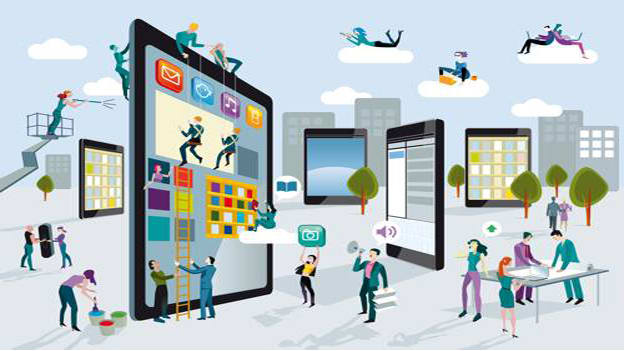Embracing the future of work

As the country recovers from the devastating shock of the second wave of the pandemic and hopefully, yet uncertainly, awaits the return to normalcy, one thing is clear – work from home (WFH) is here to stay longer than most of us expected. Last year, organizations across sectors and geographies were forced to get into a remote working mode almost overnight. Leaders and HR teams had to scramble to reimagine employee policies and initiatives to make them suitable to a virtual workforce. As we stare at a ‘new’ normal where remote or hybrid working becomes the accepted paradigm, employers and managers must find ways to ensure that they balance efficiency, productivity, and communication with employee wellbeing.
Remote working as a concept was gaining popularity even before the start of the pandemic. Many companies around the globe had been experimenting with hybrid work models before the COVID-19 pandemic came along and rapidly accelerated the pace of adoption. Upwork's Future Workforce Report released in March 2019 estimated that by 2028, 73% of all teams will have remote employees.
Therefore, while dismantling conventional work norms, companies now need to build new ones that offer greater flexibility without compromising the productivity of their employees. To do so, companies will need to place the individual at the front and center of this transition. Here are a few considerations to keep in mind:
Respect Individual Preferences
Different employees prefer different working styles. For instance, some of them are ‘integrators’ who see their workday as a consolidated mix of chores, long breaks, and sometimes a bit of entertainment too within a 10–14-hour workday. Others might be ‘segmenters’ who prefer to work for one long stretch at a time, say 8-9 hours, and completely disengage thereafter. It's important for companies to respect these individual preferences of the employees and create work schedules that are flexible enough to cater to different styles.
Embracing Hybrid Work Culture
Empowering employees to fit work around their lives, rather than structuring work as per the fixed hours delegated to an office, can increase efficiency. For many employees, the sense of inclusion and optimal balance of productive work can reduce the stress and burden of regular commuting.
To begin with, designing inclusive team meetings and ensuring each team member has a say, should be the first step to start with the hybrid model. It is crucial to understand the employees, both personally and professionally, to conduct the meetings successfully for remote and office-based workers.
Optimum Communication
One of the challenges with WFH is that it can sometimes make employees feel isolated with little or no interaction with their colleagues outside of work. Making conscious efforts to break work silos and connect employees with new joiners and employees across different functions in the organization needs to be a priority.
Some companies, for instance, set up Slack as a medium of internal collaboration and engagement between employees, ensuring that workflows continue without any disruptions in communication. Some organizations also set up virtual Coffee Break channels, where anyone can log in and catch-up casually with colleagues.
It is also equally important to keep in mind that while collaboration is an essential part of innovation and growth, too many meetings and discussions can be counterproductive. A recent survey indicated that 20% of employees think they can accomplish more at work without the distraction of calls. Teams could vote on a ‘no call’ day / ‘no meetings’ in the first half or second half of a day in the week to set aside ‘thinking time’. Meanwhile, allocating space for informal discussions during calls could lead to better team bonding.
Wellness and Emotional Support
In a day, most of us juggle between various roles - an employee, a parent, spouse, caregiver to the elderly, and more. Taking efforts to promote all paradigms of the wellness cycle (mental, physical, financial and more) through interventions such as sessions by experts or through conducive policies can go a long way.
Encouraging employees to reach out and seek support in areas where they feel ‘stuck’ or disillusioned can also give them the confidence that they are being ‘heard’ within the organization.
At the core of all these strategies lies the need for open communication between the employer and the employee - an essential quality for building a sustainable working model for the future.
















